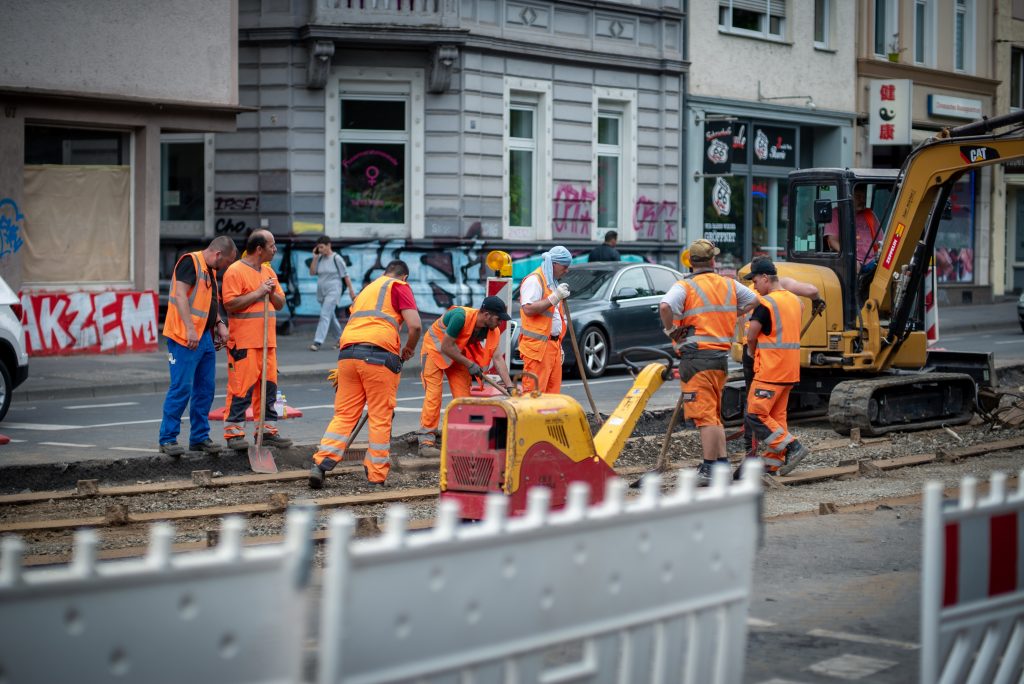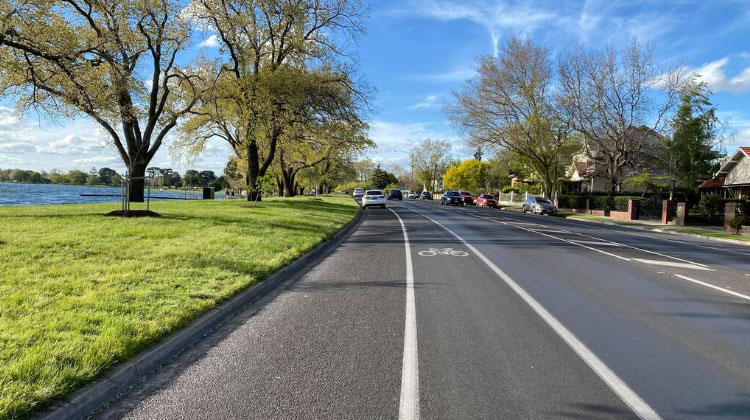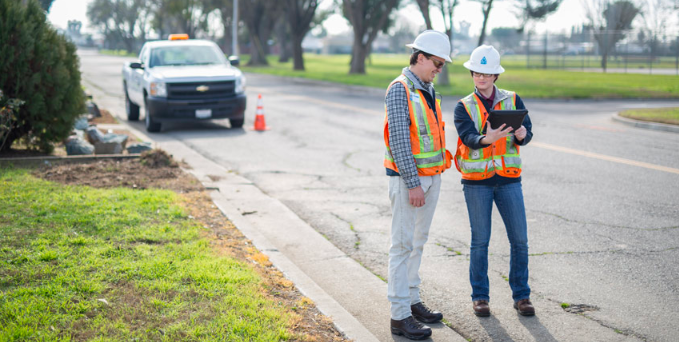Construction Traffic Management Plans also known as CTMP are necessary to help manage larger construction sites. A CTMP is triggered often as a Planning Permit condition. If you have been issued with a Planning Permit Condition requiring to submit a Construction Traffic Management Plan (CTMP) and unsure where to start, you have come to the right place. Continue reading the article find a comprehensive summary in relation to contents of a CTMP written by RedSquare Traffic‘s Traffic Engineers.
When is a Construction Traffic Management Plan required?
A construction site regardless of its size is going to create some sort of a disruption to the transport network. It is therefore a challenge to manage or to minimize such network disruptions and at the same time gain approvals from road authorities. An increasing number of Planning Permits are issued nowadays with a condition demanding a Construction Traffic Management Plan (CTMP) to be submitted prior to the start of the construction phase. For some projects, this comes as a Planning Permit Condition and whereas for others it is a given that a CTMP is required due to the size of the development.
What is included in a Construction Traffic Management Plan?
A Construction Traffic Management Plan typically forms a part of the overall Construction Management Plan (CMP). In a nutshell, a CTMP outlines the methodology of safely and efficiently managing the flow of vehicles, pedestrians, cyclists and other transport modes directly associated with the construction site as well as the regular road users that operate in the vicinity of the worksite.
A CTMP will specify the construction methodology, the timelines, movement frequencies and volumes of construction vehicles, haulage routes and associated swept path diagrams, pedestrian/cyclists’ management treatments, road closures and/or detours; all originating as a result of the nature of construction activities at the worksite.
Traffic Guidance Schemes (TGS) and/or Traffic Management Plans (TMP) also form a part of the overall Construction Traffic Management Plan document, where the placement of temporary traffic management devices is illustrated with respect to the location of the site. For larger projects, such traffic management plans are produced in bulk quantities for various stages of a project.
Below are typical inclusions of a CTMP
- Background – Site conditions, existing parking and access provisions, existing road network features, nearby active and public transport provisions, responsible road authorities and crash data.
- Project Details – Details about construction activities including times of operation, construction methodology, delivery schedule, volume & frequency of trucks, haulage requirements, worker parking requirements and site contact details.
- Traffic Management Strategy – Strategies to manage access & egress at the site, presence of loading bays, outline of haulage routes, road closures & detours, changes to parking conditions, strategies of managing pedestrians & cyclists, alterations to local access provisions, impact mitigation on public transport services and general traffic, stakeholder approvals & public notification strategies and management of the site during special events.
- Drawings – Existing Conditions and Proposed Conditions in the form of Functional Layout Plans (FLPs) applicable to each different construction stage and Traffic Guidance Schemes (TGSs) as required.
- Supporting Documentation – Road Safety Audits, Swept Path Analysis, Haulage Route Diagrams.
Traffic Engineers to help prepare Construction Traffic Management Plans
Traffic engineers are best suited at preparing Construction Traffic Management Plans especially for larger sites as a substantial amount of traffic engineering analysis must be undertaken when developing such CTMPs. Notwithstanding the items mentioned earlier in the article, a CTMP requires extensive investigations into existing traffic volumes, road network features, traffic signal phasing, traffic management treatments and road safety concerns.
At times developing temporary traffic engineering treatments such as turning lanes, median islands, painted islands, new traffic signal phasing, signage & linemarking treatments is also unavoidable in order to facilitate the movement of construction vehicles and/or to manage disruptions on existing road users.
Hence for larger sites, a traffic engineer should be consulted when preparing a Construction Traffic Management Plans.
What is a Construction Traffic Impact Assessment?
A Construction Traffic Impact Assessment also known as a CTIA is more or less the same as a Construction Traffic Management Plan, but a CTIA tends to focus in depth about investigating the potential impacts while a CTMP focuses more about the strategies of managing each stage of the project. When it comes to City of Melbourne (CoM), each Construction Management Plan (CMP) must contain a Construction Traffic Impact Assessment. Read this article to find CoM’s specific requirements when it comes to CTIAs. Each Council has their own set of requirements regarding CTIA and/or CTMP.
Thus, it is often beneficial to hand this task over to an experienced traffic engineer. The team at RedSquare Traffic has a strong skillset when it comes to preparing Construction Traffic Management Plans. We have established relationships with councils and are familiar with their expectations. Reach out to our team for your next Construction Traffic Management Plan.












